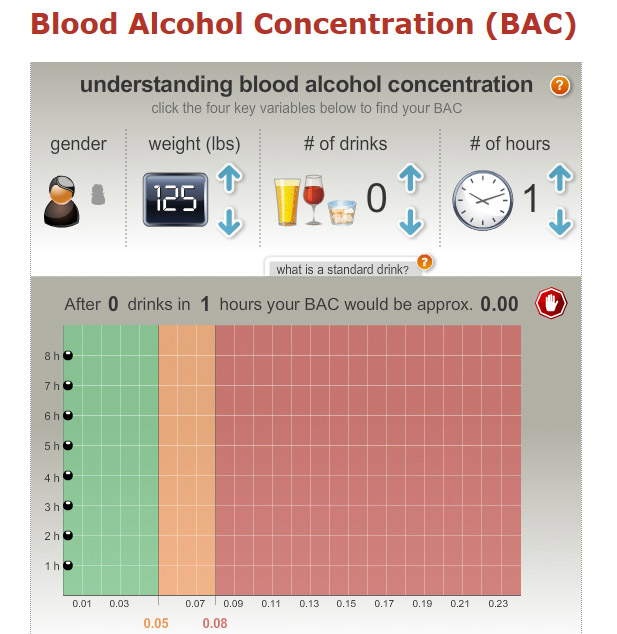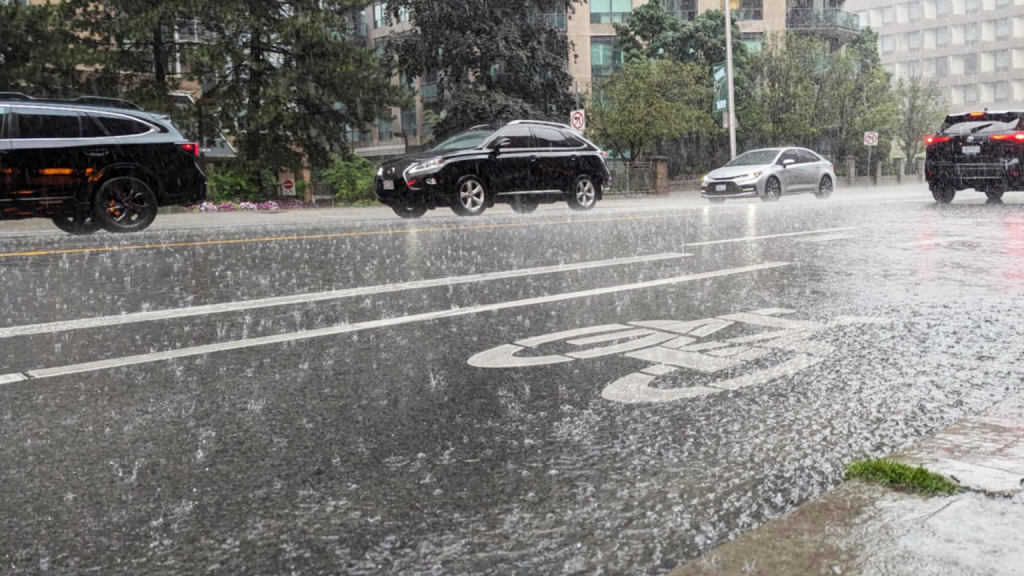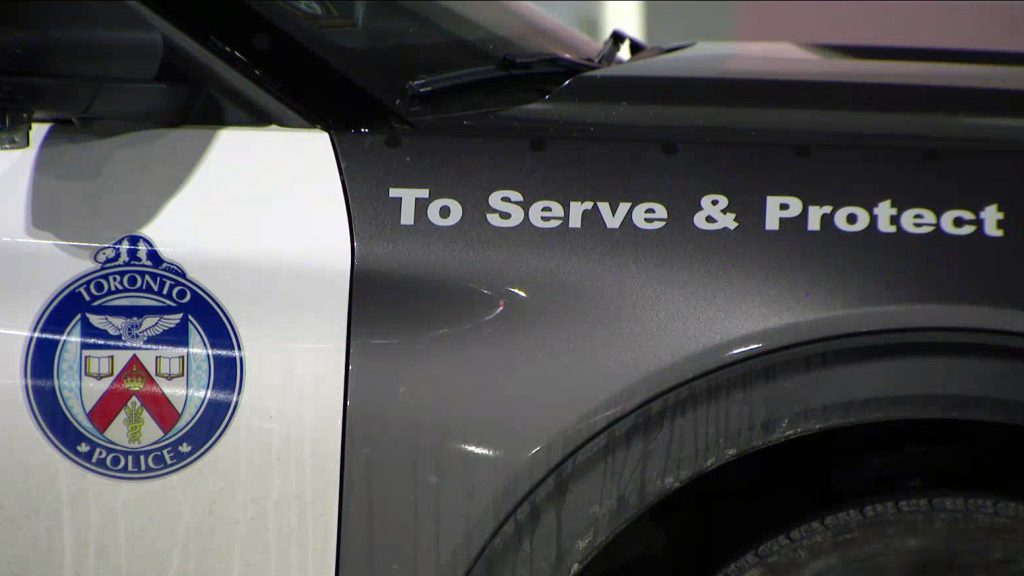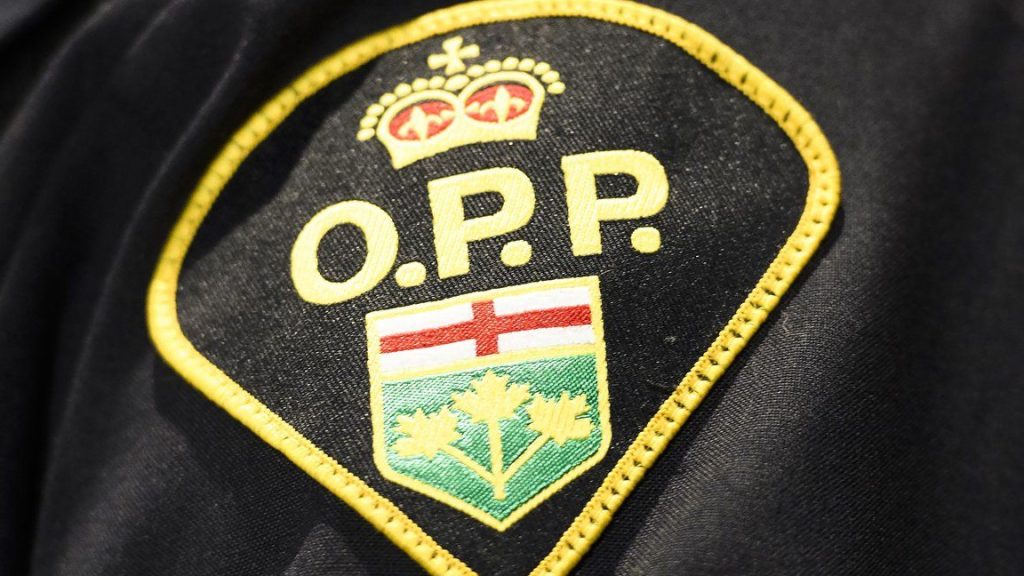Drinking, driving, and blood alcohol levels: What you need to know
Posted February 4, 2016 12:59 pm.
This article is more than 5 years old.
When it comes to drinking and driving, there’s one hard and fast rule: Don’t do it.
Impaired driving, which also includes other forms of intoxication like marijuana, accounted for 35 deaths in Ontario in 2015, according to Ontario Provincial Police.
Across Canada, police reported 74,800 alcohol or drug impaired driving incidents in 2014. Of those cases, 97 per cent involved alcohol, and just three per cent involved drugs.
The most recent case to make headlines was that of Marco Muzzo. On Thursday, he pled guilty to six charges in a fatal Vaughan crash that killed four members of the same family. Nine-year-old Daniel Neville-Lake, his five-year-old brother Harrison, their two-year-old sister Milly, and their 65-year-old grandfather Gary Neville died after the van they were in was T-boned by Muzzo’s SUV on Sept. 27.
It was revealed Thursday that Muzzo had a blood-alcohol concentration (BAC) of .192, or 192 milligrams of alcohol per 100 millilitres of blood. Ten minutes later, police took another reading: His BAC had soared to .204.
Legal Blood Alcohol Limit
In Ontario and the rest of Canada, the maximum legal BAC for fully licensed drivers is 80 milligrams of alcohol in 100 millilitres of blood (0.08). Driving with BAC over 0.08 is a criminal offence.
Even small amounts of alcohol can impair driving ability. In Ontario and other jurisdictions, there are non-criminal penalties for having a BAC higher than 0.05. Consequences could include licensing suspensions, or having to take an alcohol education course.
Beginner drivers, and all drivers under the age of 21, must have a blood-alcohol level of zero.
The amount of alcohol required to hit the limit varies from person to person depending on a number of factors, including weight and body type. How much you’ve had to eat and what medication you’re on could also influence your BAC.
Calculate Your Blood Alcohol Level
Here’s an online calculator to figure out your BAC — but if you’re considering using it, you’re already likely over the edge.
SmartServe, which trains liquor servers in Ontario, has an online chart to judge your own BAC. Click here to use it. Again, if you’re seriously concerned about the amount of alcohol you’ve had to drink, don’t drive.
Minimize Your Risk:
- Call a friend.
- Call a cab.
- Spend the night.
- Limit your consumption of alcohol. Space your drinks at least an hour apart.
- Eat something before drinking. Eating after you’ve started to drink doesn’t help.
- Try alternating alcoholic and non-alcoholic drinks throughout the party to cut down on the amount you drink.
- Drink only if you want to. Don’t be pressured into accepting a drink.
- Don’t drive to the party, so you won’t have to worry about getting home. Take a taxi, public transportation, walk or decide who is to be designated driver before the party starts.
Source: Health Canada









